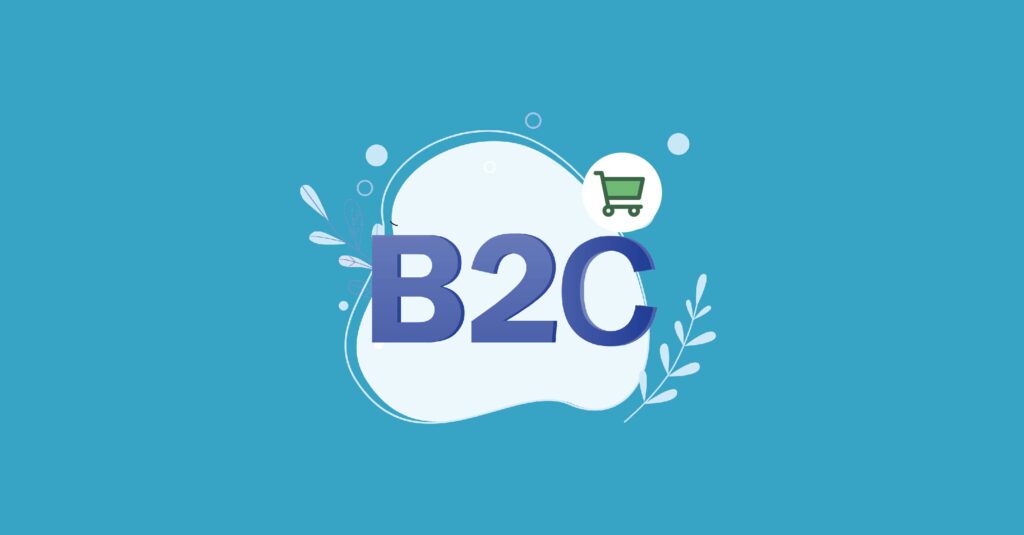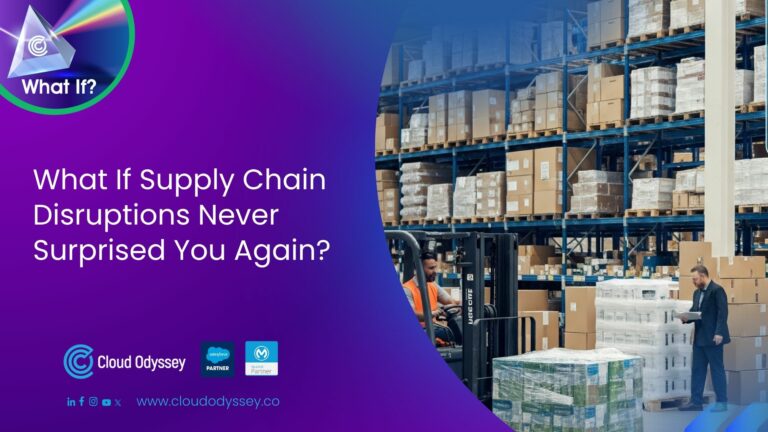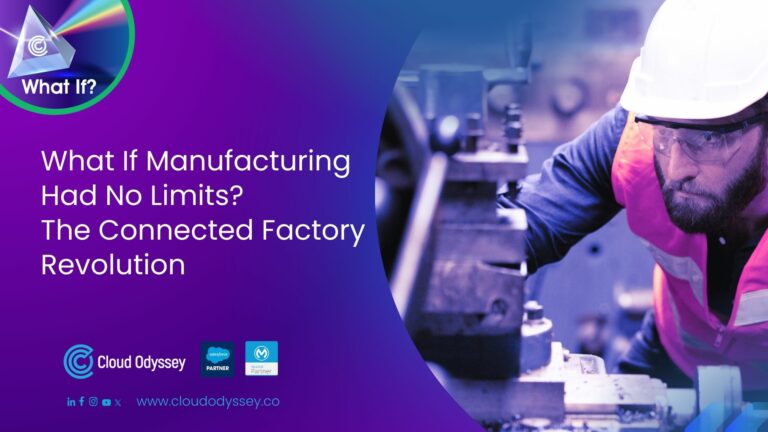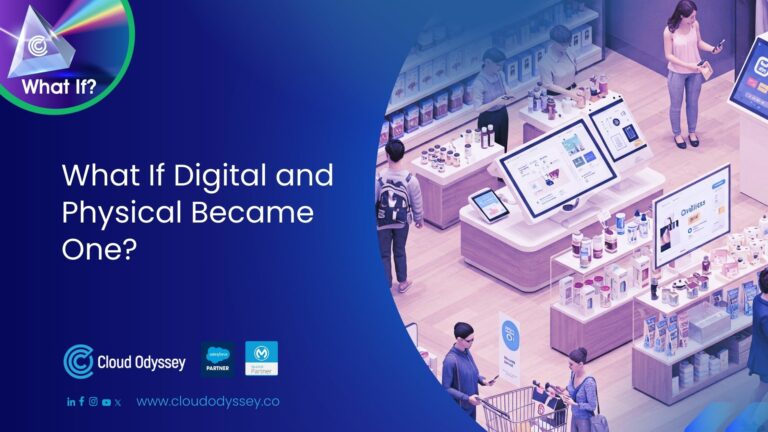The pandemic has immensely changed customer expectations for numerous brands, and B2C companies must find the right ways to adapt to these changes. With customers now expecting engagement across the customer journey, how can a business expand to meet the new, dynamic needs? The answer is a headless commerce platform.
As B2C companies today must deliver personalised, dynamic content to customers across multiple touchpoints, they must find a solution that doesn’t take much effort to do so. A traditional, outdated approach in such a case would make this difficult, as tweaking one simple aspect of the e-commerce website would result in going back and changing multiple other aspects of it in the backend. Additionally, this would even lead to hours of downtime, costing the company money.
Simplifying big terms
To completely understand the process of keeping up with the dynamic demands of today’s customers, it is important to understand what goes behind putting up the final show. For that, we must understand certain processes better. Let’s start with what the front end refers to.
Essentially, the front-end refers to all the content and design that the customer comes across and engages with while interacting with your brand. It is the face of your brand and comprises all the design and content elements in the final picture of your brand’s experience, which can be a huge deciding factor for customers to make purchases. This means that B2C companies cannot afford to have downtime that affects the front-end of the business.
On the other hand, the back-end refers to all the elements that are put into creating a final show for the brand’s front end. This can refer to the digital experience platforms, products, and other customer data that your website might use to deliver personalised data to customers.
With omnichannel marketing becoming essential for companies across industries, businesses often have multiple websites, applications, and other channels that can have their own “heads” and “bodies”. This can largely make the CX inconsistent while also making it tougher for companies to deliver optimal-quality digital experiences. To effectively do this, companies must find a solution that can separate the two heads and bodies and work independently. This is where companies can leverage the benefits of a headless e-commerce platform.
What is a Headless Commerce platform?
A headless commerce platform or application refers to the separation of the front-end from the back-end. This gives companies the opportunity to build their brand however they like and make changes as per their needs without having a big impact on its overall functioning. This helps businesses deliver high-level customer experiences with more scope for personalisation.
With a headless B2C commerce platform, changes or updates in the backend can be done with API calls, which essentially means that the entire site would not have to be deployed to fit in one change. With a headless e-commerce platform, businesses across multiple industries can deliver high-quality CX to their customer bases across multiple channels and touchpoints. As customer experience has taken over price as the biggest differentiator in the market, it is important for companies to keep that as a top priority.
Benefits of a Headless Commerce solution
The majority of adopters of a headless commerce solution can be seen in large enterprises with larger development and IT teams that have a DIY attitude. This makes sense for them, as it can be challenging to redeploy changes in the backend or frontend over and over again to keep up with changing customer expectations. While such is the case, it is not essential that only large enterprises can benefit from a headless e-commerce solution. Even smaller companies that want to increase their speed-to-market by testing new designs and copies can leverage its power. Here are a few overall benefits that are leading to businesses adopting a headless commerce solution:
- Higher employee adoption: While most companies often struggle with change management and adopting new technologies, a simplified headless commerce solution can only have a high adoption rate. With the global health crisis pushing companies to embrace innovation faster, teams are now looking to make their lives easier while also increasing profits for firms.
- Saves time and costs: Headless commerce solutions make changing the front-end of any application or platform easier and more agile. With this, IT teams save up both money and time that would have been invested in planning, adapting, and implementing changes across both the heads and the bodies of multiple channels.
- Access to the right tools: Headless commerce gives you the tools to build and deliver top-class customer experiences that customers might not find elsewhere. They can range from APIs to ensure coordinated, brand-consistent omnichannel experiences, driven by common commerce services such as promotions, product information, and more.
- Reduced time to market: Headless commerce enables companies to rapidly launch new front-end experiences. This can benefit businesses by giving them the opportunity to rapidly adopt new market trends with minimal back-end development costs.
What does the Salesforce B2C Headless Commerce Cloud have to offer?
Salesforce has developed the B2C Commerce Progressive Web App Kit, also known as the PWA Kit, and Commerce Managed Runtime to provide its customers with a headless commerce solution via Progressive Applications.
A PWA provides customers with better quality, a larger range of experiences, and better performance, like that of a mobile application using their browser. It does this using common web technologies such as JavaScript, HTML, and CSS to progressively build the app, starting with the basics, which can work on any device, be it a desktop or mobile, with a browser compatible with web standards. The app is then designed to leverage any additional features available to that particular user, responsively adapting to provide the best digital experience according to how it’s being accessed. This results in a faster loading time for your website for users and everyone else.
With this, PWAs also solve the restrictions on agility. PWA replaces your back-end commerce engine via API calls because an app delivers your storefront. This essentially means that you can make changes to your storefront without disturbing other elements.










